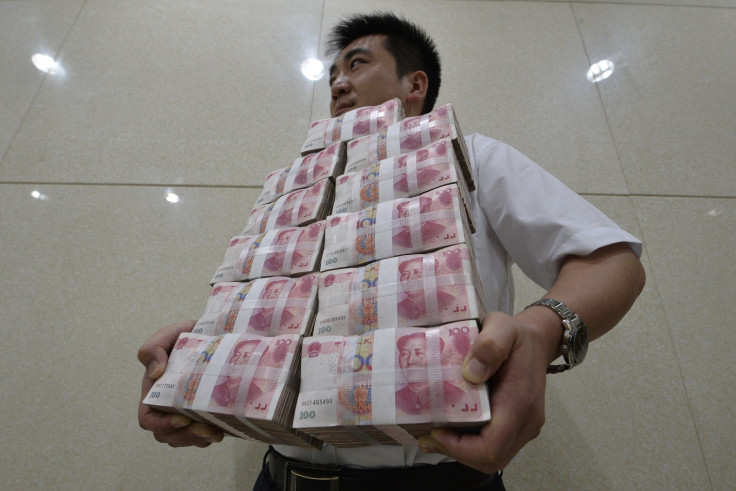China's Local Government Debt Estimated Around 20 Trillion Yuan ($3.3 Trillion), Rivals Germany's GDP

China’s local governments now own debt in roughly the same amount as Germany’s gross domestic product. A Chinese government researcher estimates that local Chinese administrations’ practices of borrowing heavily to fuel investment-driven growth have doubled their debt in just two years to about 20 trillion yuan ($3.3 trillion), close to Germany’s 2012 GDP of about $3.4 trillion.
Liu Yuhui, a researcher for the Chinese Academy of Social Sciences, said that the current model of driving economic growth with heavy borrowing and investment is unsustainable, reported the Wall Street Journal on Tuesday. The debt accrued by local governments is also more than a third of China’s GDP in 2012 ($8.23 trillion), and it does not take into consideration central government debt and private sector debt.
At the end of 2012, local government debt, together with central government debt, was estimated at 50 percent of China’s GDP, reported CNBC in August. While that percentage may have increased since 2012, China should still be at a relatively healthy position compared to highly leveraged economies like the U.S. and Japan, which had debt-to-GDP ratios of about 100 percent and 200 percent, respectively. Even so, Liu said the rate of increase is alarming.
"My point is that there has been a notable rise in the overall government debt level over the past two years," said Liu, the director of a financial-research unit at the influential think tank, according to WSJ.
The last full audit of local government borrowings at the end of 2010 put the estimate at 10.7 trillion yuan. According to Liu’s estimate, that number could have doubled and reached 20 trillion yuan at the end of last year.
Liu explained his calculation on Weibo, which is based on public information such as banks’ balance sheets, his own calculations and information from regulators. Local governments have borrowed 9.7 trillion yuan through direct bank lending, 4 to 5 trillion yuan via shadow-lending, the gray area that exists alongside the traditional banking system, and another 6 to 7 trillion through various forms of informal IOUs.
Local governments, under pressure to keep up economic growth following the 2008 financial crisis, undertook major spending projects to keep the economy on track. Many of these projects were financed through special investment companies set up to skirt rules barring local governments from borrowing directly from banks.
In July, China’s National Audit Office started a comprehensive investigation into local government debt and also banned government departments, Communist Party agencies and state-owned enterprises from constructing new office buildings for five years, to cut wasteful spending at the local level, according to Bloomberg.
Chinese leaders seem to believe local-level debt is under control. Premier Li Keqiang said at an economic conference last week that local government debt is within “safe levels,” and Lou Jiwei, the minister of finance, said in an interview this month that local government debt is manageable as new debt is growing at a slower pace.
Liu and other economists are doubtful. One problem, according to Liu, is that local governments have had little incentive to keep their borrowing in check, as it is a widely held assumption that the central government will bail out any local administration unable to pay its debt.
"We can manage under the current system for now, but potential risks could materialize in the future," Liu said, according to the Wall Street Journal.
© Copyright IBTimes 2024. All rights reserved.





















